Wheat watchers week of April 15, 2024
See how the wheat crop is progressing across the state this week.

This report will come out weekly until most of the state hits flower and then will switch to bi-weekly until most of the state has harvest. This report is only possible because of our agribusinesses and farmers who participate as wheat watchers. If you are interested in being a wheat watcher, especially if you see your area isn’t represented, please reach out to Michigan State University Extension field crops educator Jenna Falor at falorjen@msu.edu.
Overall, this week reporters are seeing wheat stands in good condition ranging in Feekes growth stage 4-7. This means that the crop has greened up across the area with some of it having reached that critical Feekes 6 stage that affects which herbicides can be applied.
Southwest region
We had three wheat watchers reporting from the southwest region: one from St. Joseph County near Centreville one from Allegan County and one from Barry County near Hickory Corners. Wheat is reported to be at Feekes 6. They are all reporting that most of the first pass of spring nitrogen have been completed. Watchers are also reporting many people have either started or completed a herbicide application at this point. The watcher in Allegan County is reporting winter annuals are the target of herbicide applications in the area and they are beginning to find powdery mildew in lush fields. They report that the rain Thursday/Friday of last week (April 11-12) slowed the herbicide/plant growth regulator pass application process.
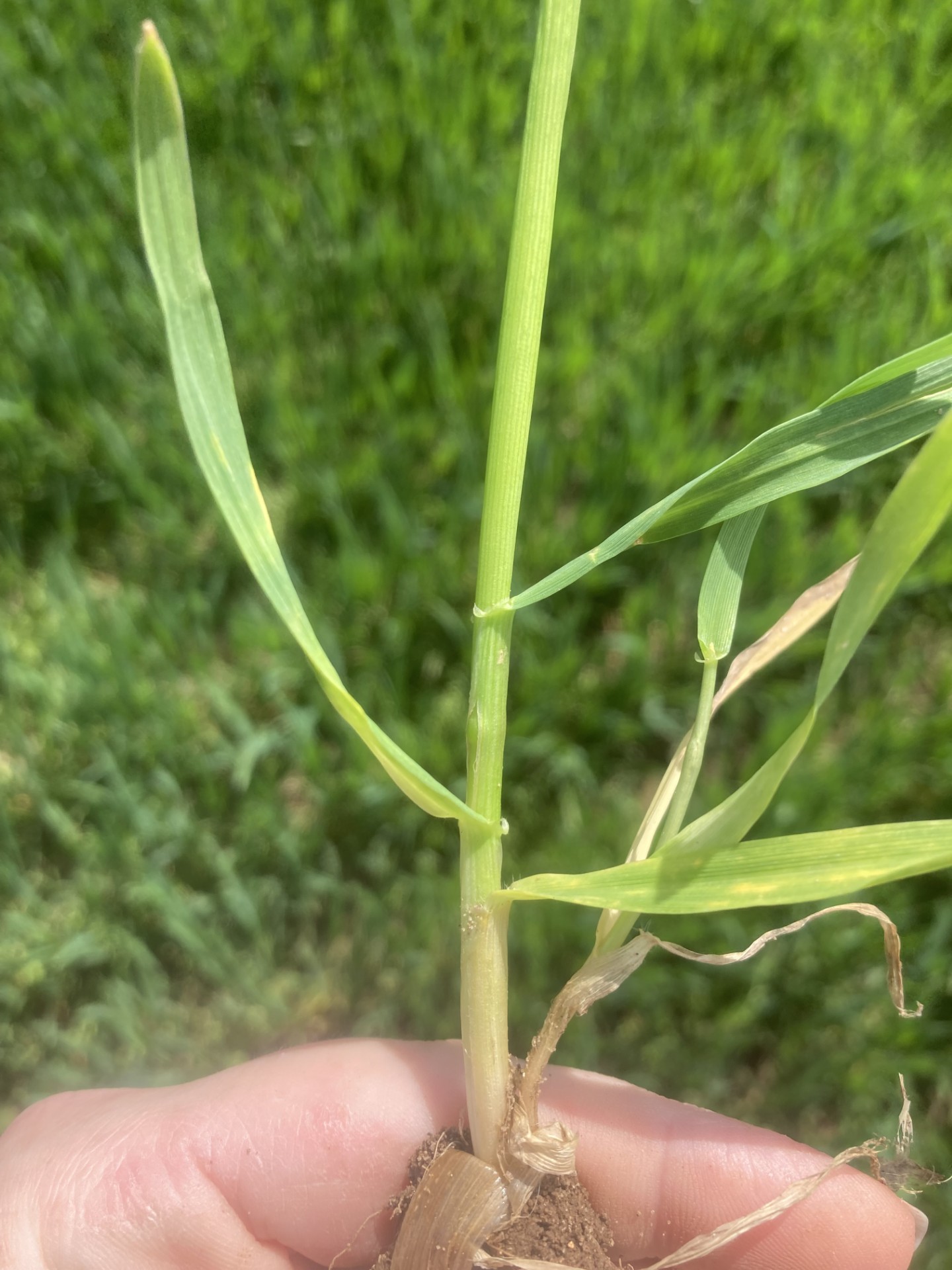
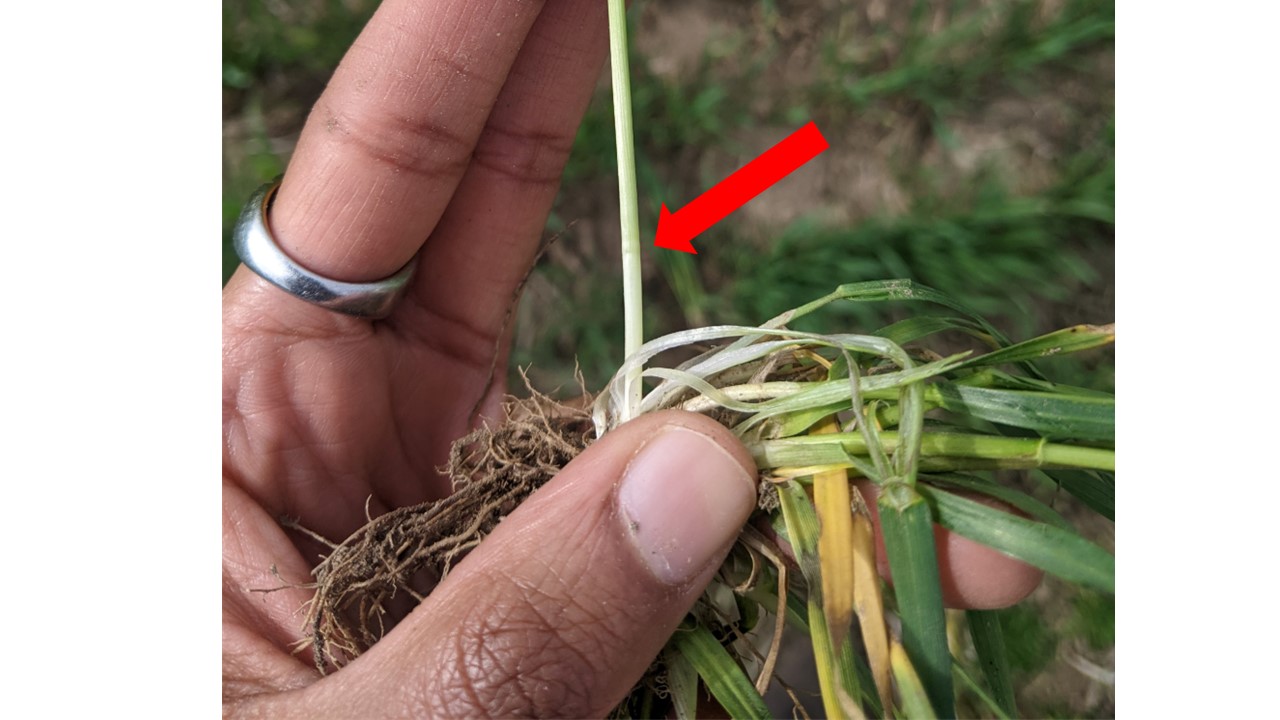
Southeast region
We had two wheat watchers reporting from Jackson County near Rives Junction and Monroe County near Ida. The watcher in Monroe County is reporting Feekes 6, or first node, while the watcher in Jackson County is reporting mostly Feekes 4-5, with some fields reaching Feekes 6 stage. The reporter near Monroe County is reporting that all the first nitrogen application is done with a lot of the single spring nitrogen applications done as well. The watcher in Jackson County reports herbicide applications have been delayed by wet conditions. They are also seeing some weed pressure and powdery mildew. Wheat took off with the heat this past week but unfortunately temperatures will be cooling down again this weekend, which may slow progress.
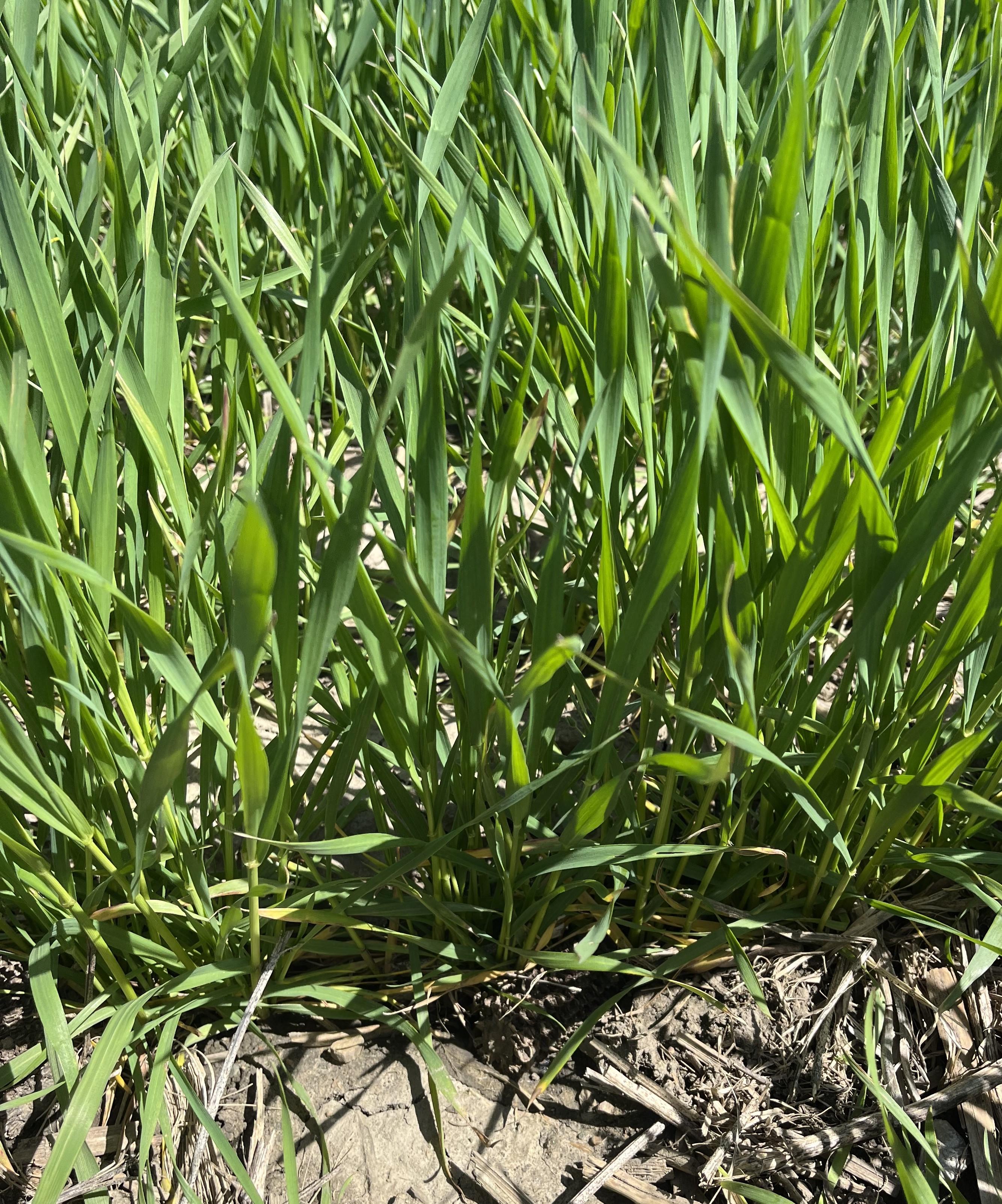
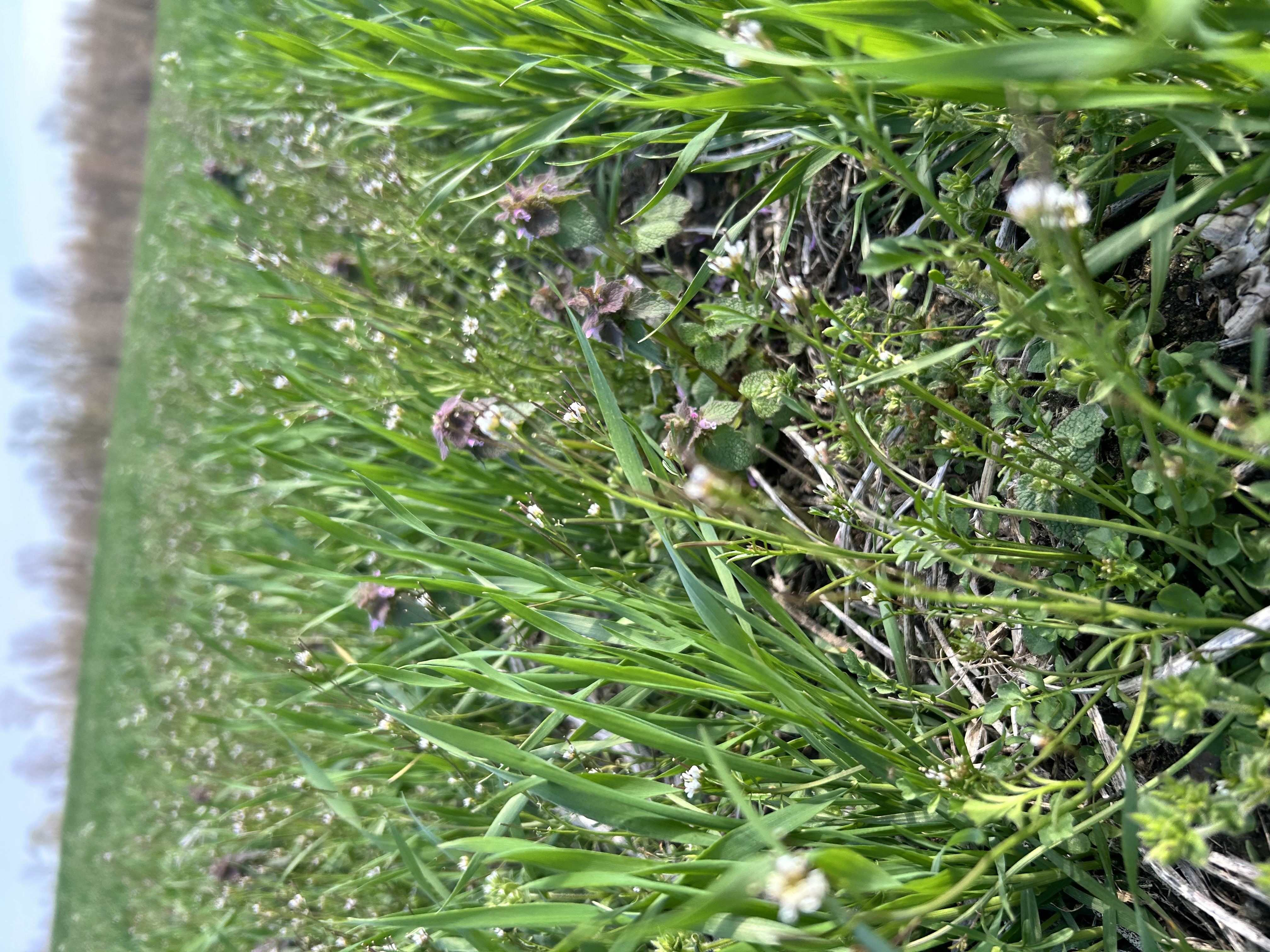
East central (Thumb) region
We had three wheat watchers reporting from the Thumb: two from Huron County near Ubly and Elkton and one from Tuscola County near Cass City. Wheat has reached Feekes 5 across most of the area. Most of the first pass of spring nitrogen is complete across the area with farmers looking to apply herbicide soon. The watcher near Cass City was happy to see minimal nitrogen burn even with the warm and sunny weather during application. Weeds are really popping up with the early heat units with a watcher reporting that fall and winter annual weeds are going strong and one mentioning that roughstalk bluegrass is higher than last year. Nitrogen loss on sandy soils could be a concern following the 1.5–2 inches of rain at the end of last week. The crop is looking good and ahead of a normal growing season.
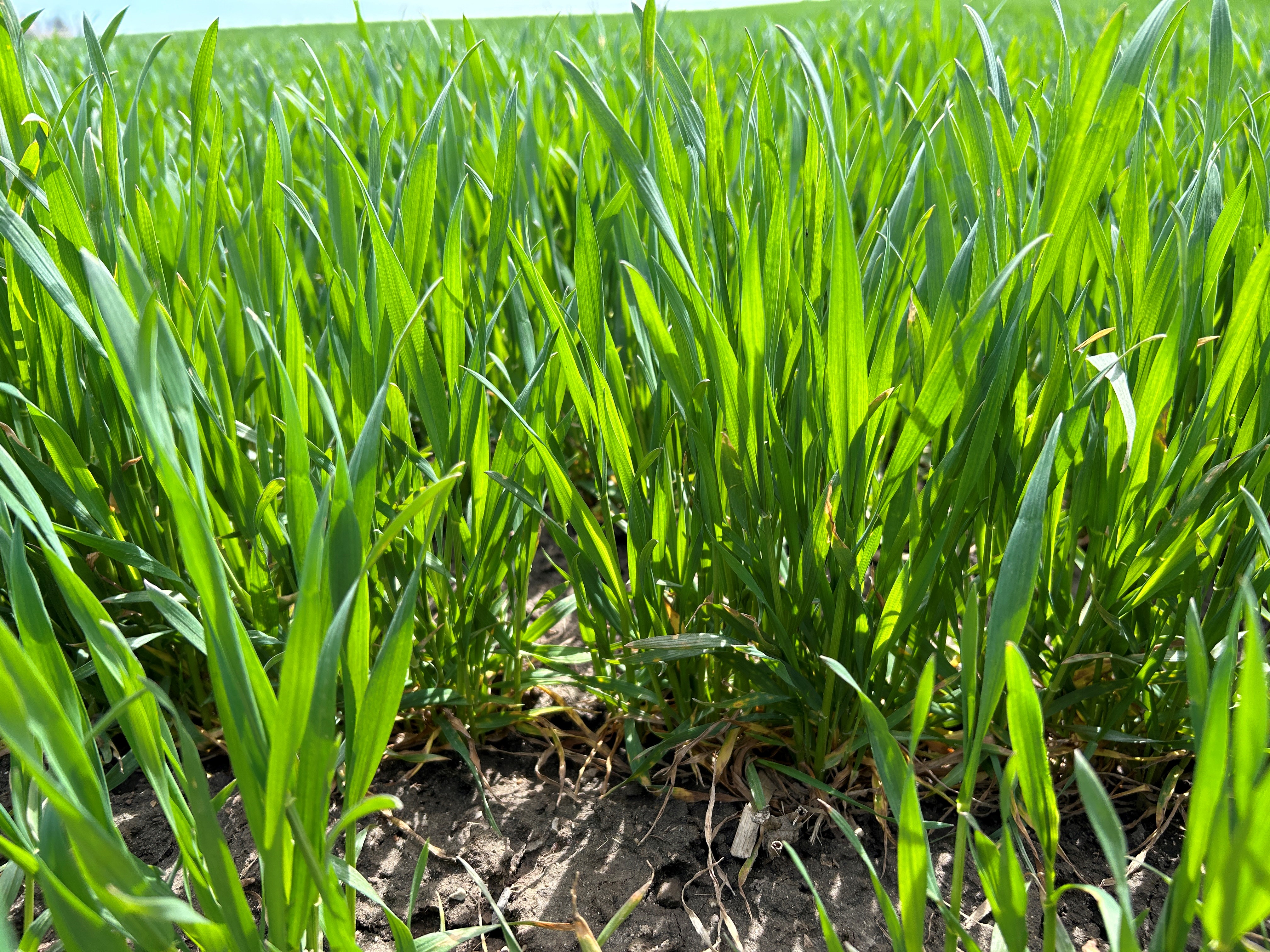
Central region
We had four wheat watchers reporting from the central region: one in Montcalm County near Stanton, one in Ingham County near Mason and two from Saginaw County with one near Frankenmuth and one near Chesaning. Wheat is reported at Feekes 4-7. The watcher near Mason is reporting seeing Feekes 5-7 across the area. The watchers near Stanton and Frankenmuth are reporting Feekes 6 and the watcher near Chesaning is reporting Feekes 5. The watcher near Mason is reporting most of the spring fertilizer application is complete in the area, but if you are split applying nitrogen this spring, that will need to happen soon. Herbicide application across that area is also wrapping up, with some growers opting not to apply a herbicide this year if they have canopy closure already.
In the Chesaning area, some are still applying nitrogen and herbicide options are becoming limited as the crop takes off (remember Feekes 6 is the cut-off for many options) and powdery mildew is now present that wasn’t last week. Near Stanton, they are reporting wet field conditions have limited the nitrogen applications so far and they are noting a presence of purslane in the fields scouted. In Mason, they are seeing chickweed, henbit, annual bluegrass and purple deadnettle. They are also reporting more powdery mildew. This area is also reporting heavy rainfall this past week. This has resulted in some ponding in some of the depressions in Montcalm County, however most of it is draining adequately. There is the potential for nitrogen losses from this rain.
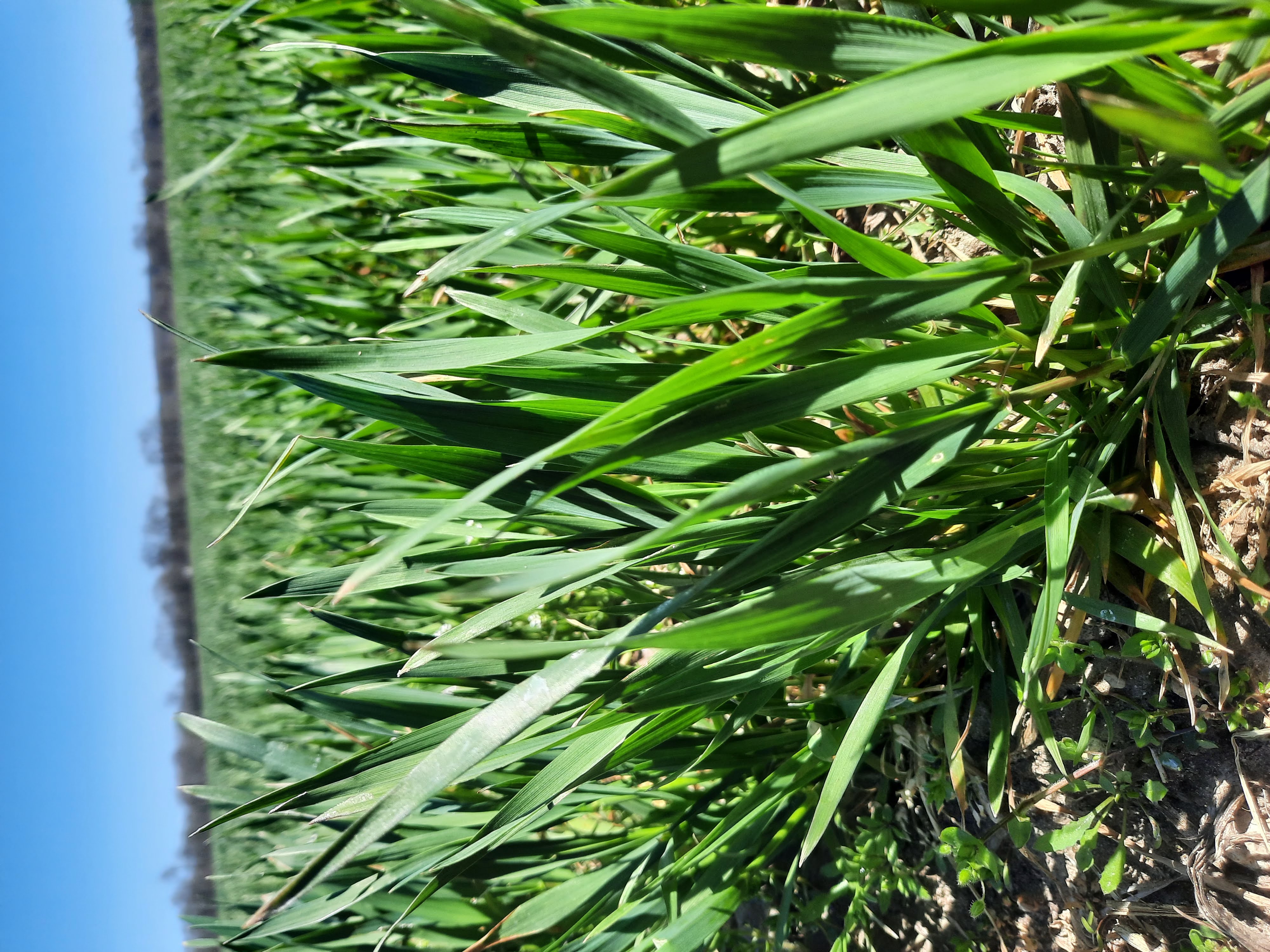
West Central region
We had one wheat watcher reporting in from the west central region located in Kent County. Wheat has reached Feekes 4-5. Spring nitrogen applications are underway but they haven’t heard of any herbicide going out yet. It has been wet across the area. The heat over the past week greened up the fields in which there had previously been some purpling.
North region
We had no wheat watchers reporting from the northern area this week.
Extra notes from Dennis Pennington, MSU wheat systems specialist
Scout early and often! Pennington is getting more reports of powdery mildew coming in. He also noted that if you had heavy rainfall this past week, you could be at risk for nitrogen loss. When you are scouting, look for any early signs of nutrient deficiency. The wheat crop is generally a week to 10 days ahead of normal. As temperatures warm up, wheat will enter stem elongation phase where rapid uptake of nitrogen will occur. Make sure you keep track of your wheat crop.



 Print
Print Email
Email




